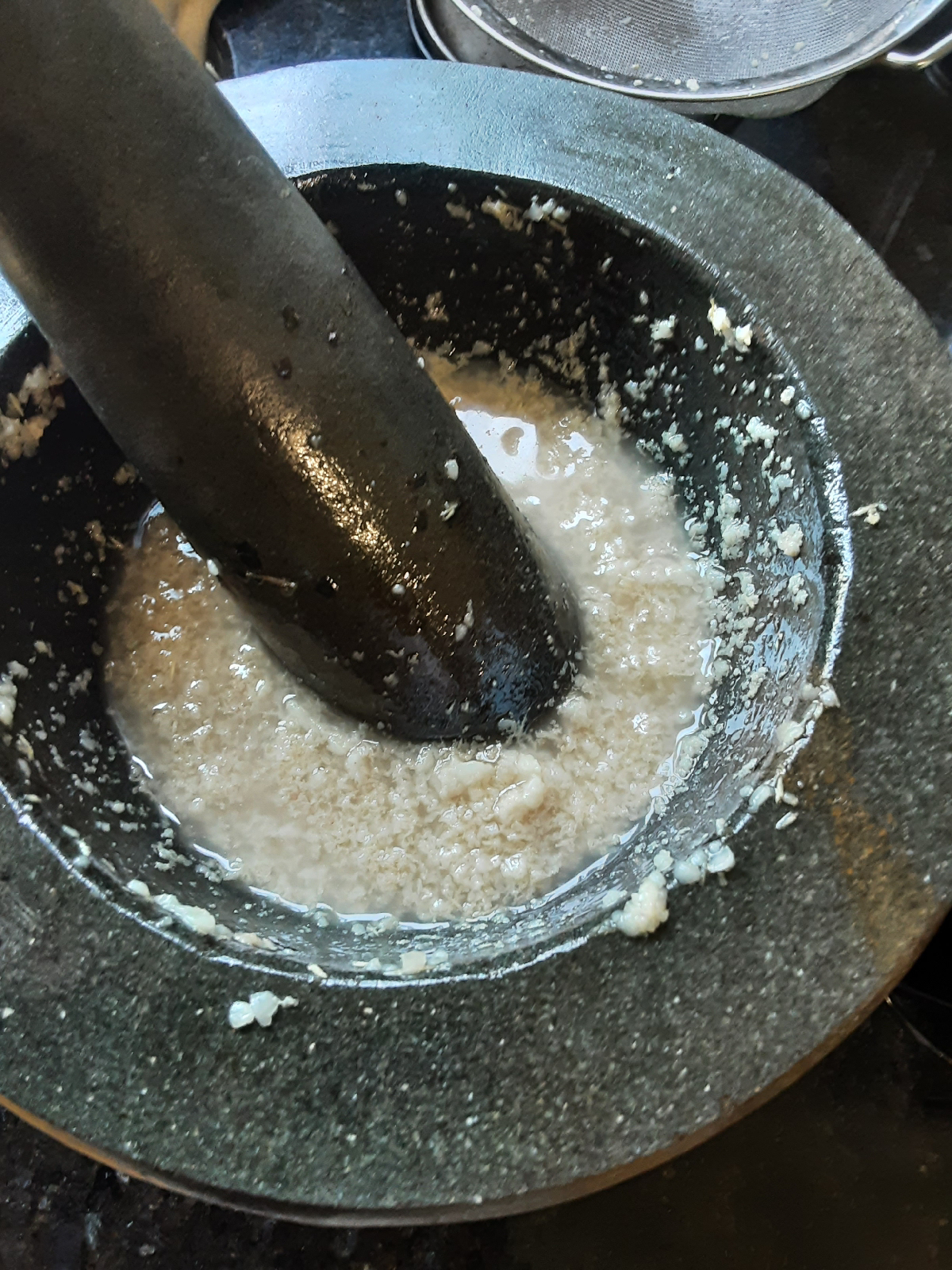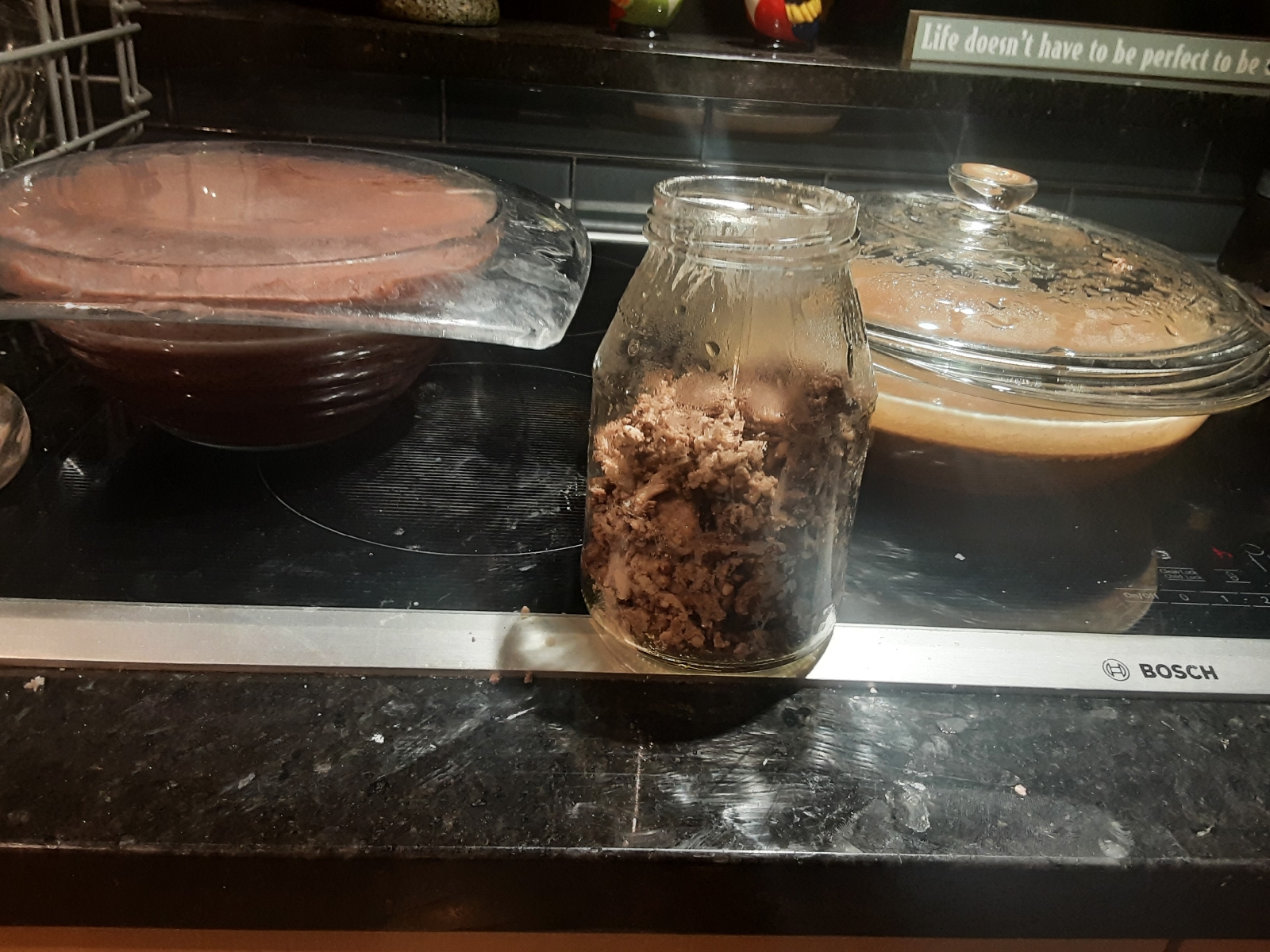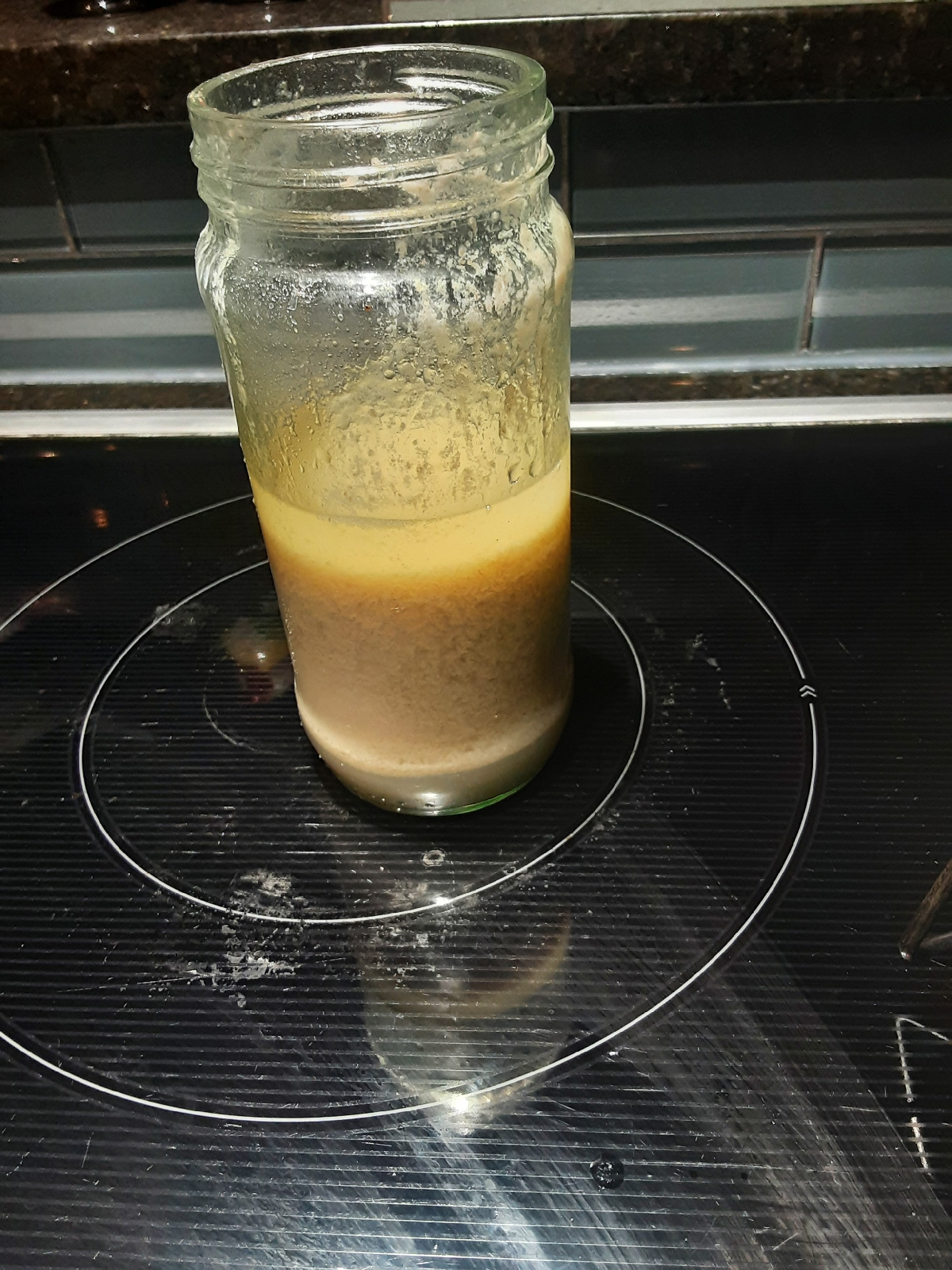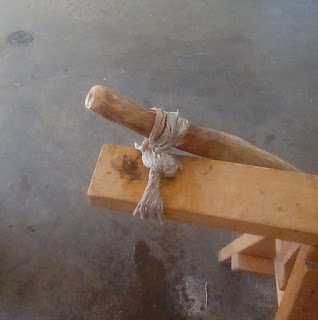How I render bear fat with a concern for health - the long, hard (and careful) way. Includes method for rendering tallow.
This is not the fastest, easiest or most practical method, but it's my method and it's the most effort full with a care for health and integrity of the bear oil - basically the bear oil "cold press" method. The method I recommend is so slow, it's almost impossible due to its impracticality; but read the article and take what you can from it.
Heat, light, and air deteriorate oil. Rancid oils will sting your throat, and can taste like "nuts" from the bulk bin Ile. These rancid oil do all sorts of damage to your brain and body, like taxing your body for antioxidants and inducing inflammation.
I SPECULATE that in the past, the extra tallow or fat (as with the bear there is much) was oftentimes submerged in running rivers until one was ready to render it. Just don't leave them there too long or un guarded. At home, you can cut away the extra fat and submerg it in water using jars or steel pots, then store it in the fridge untill you can render it. This should really be done as soon as possible if not prioritized when dealing with bear.
The water will protect the surface oils from oxidizing due to air circulation. You may instead freeze it (which will destroy the fat in other ways), hang it, leave it open in your fridge in a bowl or in a jar. The water will also inhibit molds and some bacteria. Eventually however, a pink hew in the core or on the surface of your chunks may appear - this is bacteria. You don't want to eat this, but it wont kill you, especially since you will be slightly cooking the fat. Try to finish this rendering in a week (good luck).
Never follow a render video where you are told to just leave a bunch of fat, whole or big cubed, in a pot and heated (especially without water placed in the pot to buffer heat). You will end up with a bunch of burnt, rancid, wasted, harmful oils. The vitamins and antioxidants in the fat will break down and the oil will look dark yellow; the heat sensitive vitamins will be completely destroyed. When rendering, the collegian cells must be in the water bellow where the oil will rise, and the oil must be immediately skimmed.
Bears have an abundance of fat (probably more than 50% by weight to their meat), full of wonderful energy in fall, and this fat should be treated with care and intense respect, when preserving the whole bounty that is this creature. The same goes for butchering a fall deer; the fat is plenty and should also be given the same diligence (but the quantity of fat is far less).
The first step is to cut away the fat, and store as described above. NOT IN YOUR FREEZER. If you are drying bear meat, ALL extra fat must be removed. I dry most of my meat if I am not jaring it, so most small bitts of fat must also be removed.
You should have a crush system in you environment. At home, I have a large mortar and pestle; I use it to crush everything from greens to dried meat. It should be bowl shaped. I'm sure most native camps made use of large wood pounding systems; one is mentioned by George Catlin.
Begin by chopping, very finly, some of the fat, while leaving most in your fridge until ready to do the same to that. Put the chopped fat into a pot. I used a 2l titanium pot for everything.
Deer fat does not need to be chopped, only pulverized.
Warm, slowly, the chopped chunks until it looks just cooked and the liquid is steaming. Remove the pot from the heat and pour the contents into a strainer which I hover over a bowl. The drained liquid and fat ends in the bowl and the fat chunks end in the strainer. Put the fat chunks into your mortar and pestle and gently stir, just bursting the fat cells, until the fat separates from the sinew. Returning to your bowl, remove the floating fat with a skim spoon and put this in a jar. It's fine for now if bubbles of water or some of the water which the fat chunks were heated in is transfered as well. Remove what is left in the morter and pestle bowl and return it to your cook pot; this should be liquid fat, sinew, and some un crushed fat cells. Then ad the old cook water, which is sitting in the catch bowl, back to the cook pot. Heat the two again to just steaming and repeat this process until the sinew has released most oils, and these oils (and some cook water) are in a jar.
NEVER, EVER use a plastic cutting board for chopping fat or anything elese. Plastic will cut away and get into your food. Plastic is an endocrine diruptor that mimics estrogen in the body. Use untreated wood. I almost wore straight hrough a fresh plank of wood for this one bear.
Rendering is really a two stage process. The first, the fat chunks are chopped and the oils are extracted from the matrix of collagen cells and put into small jars. The second stage is taking these jars of renedered fat (which are being stored in cold fridge), which is mixed with smaller protiens and water, and reheating it slightly, with some water. The oil will appear on the surface and the water will sink to the bottom with most of the protien. The main goal is to have final jars of clean, dry oil which will have a long shelf life when left in the fridge.
(Above: deer tallow which has been mashed in a mortar and pestil, then gently heated and strained into the clean bowls; the fat will cool hard, can then be washed, re melted gently, then scooped into a jar and sealed; the sinew in the center will be slow cooked in the jar in an oven and sealed for consumption later.)
Scoop the first step render oil into your pot with a generous amount of water. Heat this slowly, at a low tempature and stir until the oil settles at the top. Scoop this into a clean jar, and close the lid tight. There should be no liquid that settles at the bottom on this final step jar.
Often times small bubble will remain, homogenized with the oil. It is a frustrating and tricky process to remove all the small protiens and moisture without burning the oil. It may help to transfer the liquid to a narrow vessel and it also helps to give the liquid a few minuts to settle out.
Said final step will make it so your jars can be left outside the fridge or a cool place, without going rancid or even mouldy. Its best however to always keep these oils in fridge cold temperatures and always in a dark place.
The better the job you do, the less prone this oil will be to a catastrophe. Do know, the final step oil is very shelf stable. To repeat, store these jars in a cold, dark place, like a fridge.
You can also freeze this if you wish as most moisture has been removed and thus the water molecules will not damage the fat molecules.
A compromise in time and quality is to ground or mince the fat chunks and heat in water removing the fat as it rises. Stir constantly to keep the cells from receiving too much heat in one area.
I have used this old mincer with the tin on any surface that will touch food, removed.
Tallow from deer is stored just as carfully, but because it is more saturated (and thus less prone to rancidity), than the liquidy oils of bear and porcupine, it is safer to hang more to air dry. Tallows must be heated at a slightly higher temperature to render. Crush the fat slabs and heat under water untill the oil renders from the sinew. Store in a jar. The deer fat in a jar is more shelf stable than bear. Its fine to leave a LITTLE water in the tallow. Any moulds that develope with time in the jar can just be scraped off.










